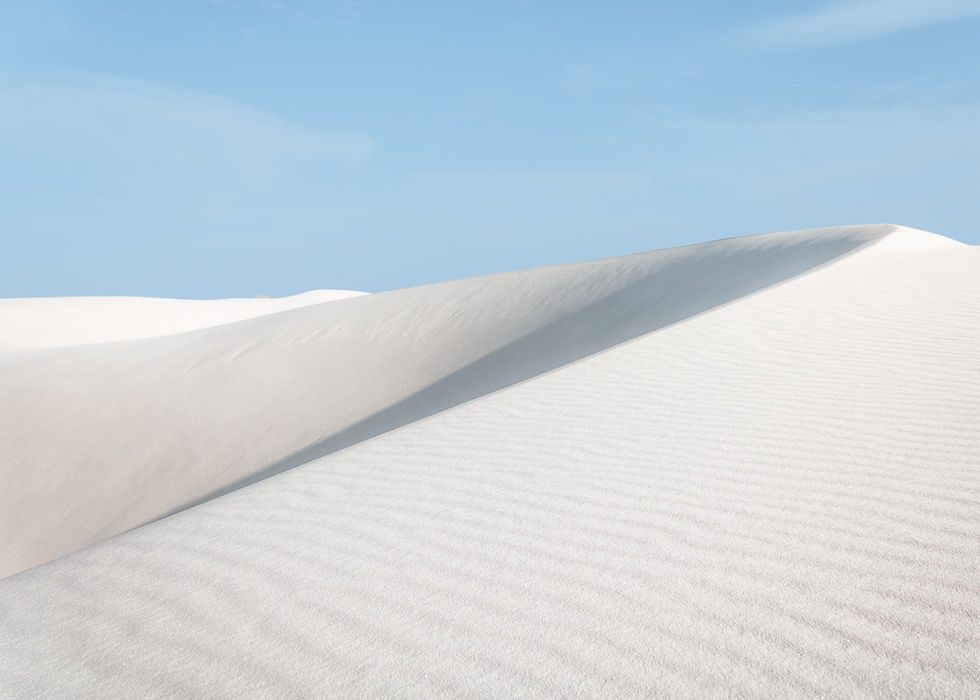

Megafauna Aftershock
New book published by Princeton University Press coming in late 2025
Synopsis – The megafauna extinctions were a biological earthquake, and their disappearance created an aftershock that still reverberates through our ecosystems and even ourselves. The world was transformed around 12,000 years ago from one dominated by the majestic megafauna (mammoths, giant sloths and 39 other elephant sized animals now extinct) to our current human dominated planet. The megafauna subsidized our spread across the planet as we literally consumed their bodies - a contributing factor to their extinctions. Their extinctions also liberated plant energy that we later used for agriculture. In other words, we consumed the megafauna and then we consumed the food they had eaten, and this subsidized human growth until almost the industrial era. Moreover, the extinction of the megafauna changed the face of the planet by increasing tree cover in many ecosystems. This increase in tree cover had a major impact on climate, possibly even delaying the onset of an ice age.
With their long legs and slow guts, the extinction of the megafauna greatly reduced dispersal of seeds, microbes, and nutrients across the planet. This had a drastic impact on tree biodiversity, infectious disease formation, and global fertility. We can thank the megafauna for key New World foods such as avocados or chocolate, because large-seeded fruits coevolved with seed dispersing megafauna. The extinctions of megafauna in the Americas may have aided the domestication of New World crops like corn and potatoes. The extinctions increased zoonotic disease in humans and may be directly responsible for the creation of up to ten novel zoonotic diseases. The megafauna helped fertilize the planet by efficiently transporting nutrients. Even 12,000 years after their extinction, up to a third of soil fertility can still be attributed to nutrients moved thousands of years ago by the now extinct megafauna. Megafauna, such as elephants, overlapped with humans in all Early River Valley Civilizations, like Mesopotamia and Egypt, and their demise contributed to humanities first experiments with urbanization. Even today, the surviving remnant of megafauna continue to fertilize both the oceans and the land. This book tells the untold story of how the extinctions of the megafauna, our planet’s ecosystem engineers, shaped our world and ourselves. We now have the possibility to restore these animals from extinction and I argue that it is our moral and environmental responsibility to do so.